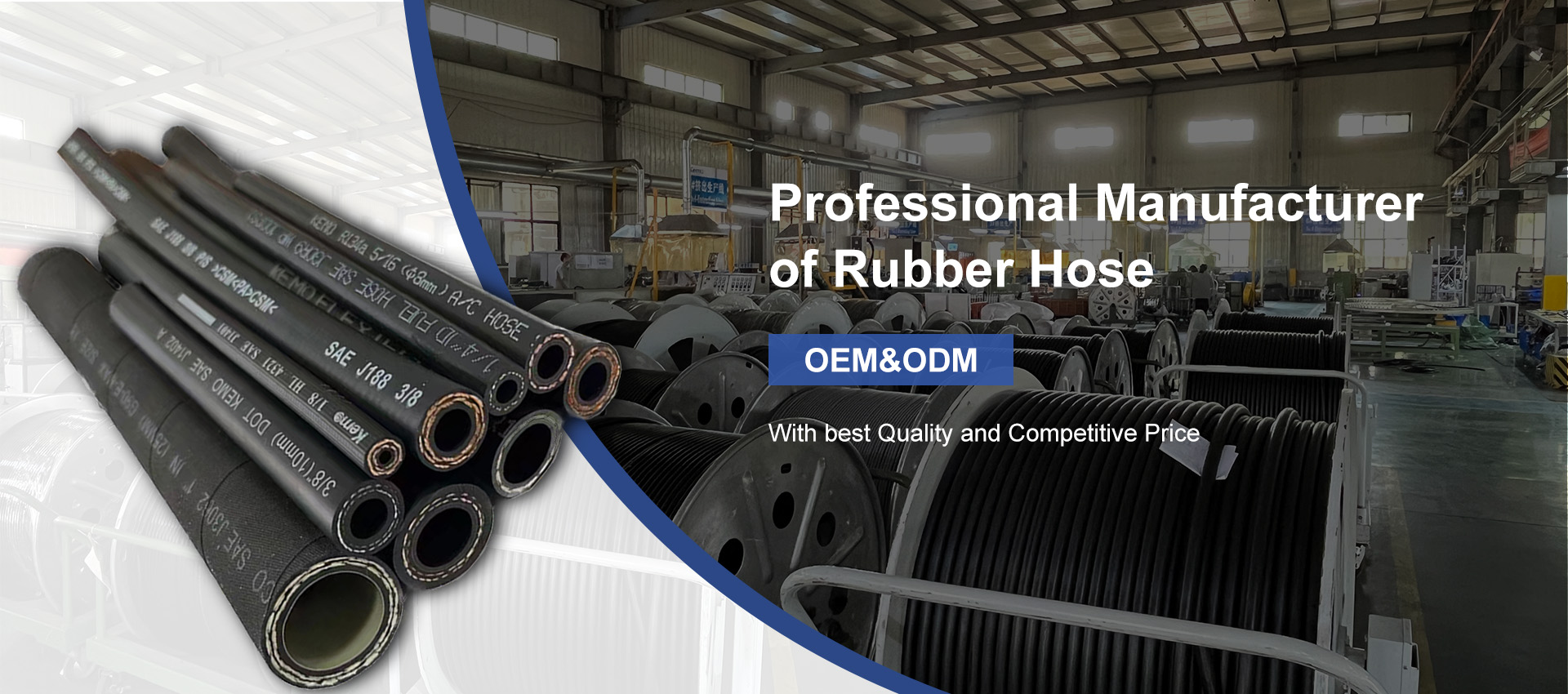Improving Vehicle Control with Innovative Power Steering Technology Solutions
Nov . 18, 2024 06:59 Back to list
Improving Vehicle Control with Innovative Power Steering Technology Solutions
Understanding Power Steering Pipes Functions, Importance, and Maintenance
Power steering systems have become an essential component in modern vehicles, allowing for effortless maneuvering and enhancing overall driving experience. One of the critical elements of this system is the power steering pipe, which plays a vital role in the administration of hydraulic fluid that makes steering easier and smoother.
Function of Power Steering Pipes
The power steering pipe's primary function is to transport hydraulic fluid from the power steering pump to the steering gear or rack. This fluid exerts pressure, enabling the driver to turn the steering wheel with minimal effort. The power steering pipe is typically made from durable materials such as rubber or reinforced aluminum to withstand high pressure and potential wear over time.
In more advanced vehicles, power steering systems may utilize electric motors instead of hydraulic pumps; however, the essential function of the pipes remains consistent, facilitating the necessary fluid transfer for hybrid or electric power steering systems.
Importance of Power Steering Pipes
The condition of power steering pipes is crucial for the overall performance of the power steering system. Any damage to these pipes—such as leaks or cracks—can lead to a drop in hydraulic fluid levels, resulting in increased effort required to steer the vehicle. In severe cases, it can lead to complete steering failure, posing a significant safety risk for the driver and passengers.
Moreover, power steering pipes are designed to handle pressures typically ranging from 800 to 1,500 psi
. Therefore, their integrity is not just about functionality but also about safety. Cavalier vehicle owners who overlook signs of wear or damage to their power steering pipes may find themselves facing unexpected repair costs or dangerous situations on the road.power steering pipe

Maintenance of Power Steering Pipes
Regular maintenance is pivotal for extending the lifespan of power steering pipes. Here are some practical tips for ensuring your power steering system remains in peak condition
1. Routine Inspections Regularly check for signs of wear, such as cracks, bulges, or leaks in the power steering pipes. If you notice any unusual fluid spots under your vehicle, it might be indicative of a leaking pipe.
2. Fluid Levels Ensure that the power steering fluid levels are within the manufacturer’s recommended range. Low fluid levels can cause increased friction within the steering system, leading to enhanced wear on the pipes.
3. Professional Checks Consider having a professional mechanic inspect your vehicle’s power steering system during regular service trips. They can identify potential issues early on and provide solutions before they escalate into more extensive repairs.
4. Timely Replacements If your power steering pipes show clear signs of damage or wear, replacing them promptly can save you from more significant repair bills down the line and ensure that your steering remains smooth.
In conclusion, power steering pipes may seem like a small component in the grand scheme of a vehicle’s functioning, but their role is crucial for safety and efficiency on the road. Understanding their importance and maintaining them well can enhance your driving experience and prolong the lifespan of your vehicle’s steering system. As always, staying vigilant and informed is the best approach to vehicular care.
Latest news
-
Refrigeration Hose-HEBEI KEMO|Low Permeability&Pulse Resistance
NewsAug.12,2025
-
Refrigeration Hose-HEBEI KEMO AUTO PARTS TECHNOLOGY CO., LTD
NewsAug.12,2025
-
Refrigeration Hose - HEBEI KEMO AUTO PARTS TECHNOLOGY CO., LTD|Low Permeability&Ozone Resistance
NewsAug.12,2025
-
Durable AC Pressure Hose for Reliable AC System Repair
NewsAug.12,2025
-
Refrigeration Hose-HEBEI KEMO AUTO PARTS TECHNOLOGY CO., LTD|Low Permeability,Pulse-Resistance
NewsAug.11,2025
-
Refrigeration Hose-Hebei Kemao|Industrial Applications&Automotive Systems
NewsAug.11,2025
